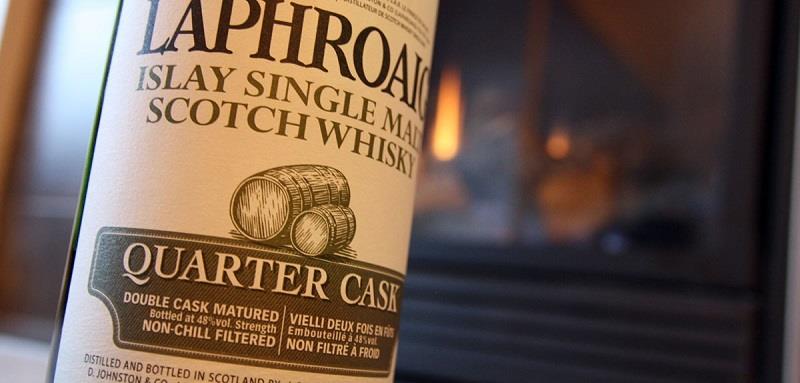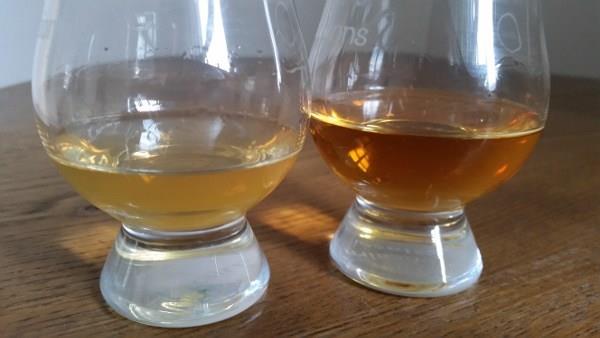
What is chill filtration?
| 01-04-2020 | By Emily Stockden |
Chill filtration is a hot topic among whisky lovers. Some believe that it detracts from the liquid in the end by removing flavour and somehow diluting the liquid, while others believe it enables consistent quality without affecting the character of the whisky. Given that there aren't any whiskies available to purchase both as chill-filtered and non-chill filtered, it's really all a matter of opinion - as is so often the case in the wonderful world of whisky!
So what exactly is it?
As the name suggests, chill filtering is when the whisky is cooled and passed through a fine adsorption filter to remove residue including fatty acids, proteins and esters which are created during distillation. Esters dissolve in alcohol, but they're insoluble in water, so when the liquid is diluted (with melting ice or a dash of water), it could go cloudy.
Single malts are usually chilled down to 0°C, while blended whiskies tend to be chilled to lower temperatures (down to ?10° Celsius) because they have lower levels of fatty acid.
When chill filtering, distillers consider the temperature, the number of filters used and the speed at which the whisky is passed through the filters - of course, the slower the process and the more filters used, the more impurities will be collected. On the flip side, if too many particles are collected, some believe that the flavour could be adversely affected. If too many peat particles are removed, the whisky may not be as smoky, for example. It's for this reason that some distilleries pride themselves on not using this process.

Image credit - Whisky Wise
Non-chill-filtered whisky has actually become somewhat of a marketing term and is often called out on bottles implying that the whisky is more 'natural' or 'authentic'. For example, the Aberlour Distillery's A'bunadh whisky, Laphroaig's Quarter Cask bottles, and all of Springbank Distillery's whiskies are advertised as non-chill-filtered. Bunnahabhain's website uses the term to imply authenticity and full flavour as a direct result of non-chill-filtration: "The Bunnahabhain range has been re-launched as 'un-chill-filtered'.The result is a richer, fuller whisky with more depth of character and complexity."
Mostly, chill filtration happens for cosmetic reasons rather than to improve taste or consistency - chill-filtered whisky, even if bottled at less than 46% ABV, remains clear even when ice or water is added or when it's consumed at varying temperatures, while non-chill filtered whisky may turn cloudy when ice or water is added to it. Of course, if you aren't familiar with why your glass of golden amber has become hazy, it could be rather off-putting and a bit of a marketing disaster if you then decide that's the last Bunnahabhain you'll ever order! Worse yet, if you've bought a bottle of non-chill-filtered whisky and unwrap it in a cold climate only to see sediment and a bottle of hazy liquid, you may well decide to return it.

Non-chill-filtered whisky with water vs. without (image credit: drinkwire.liquor.com)
If you believe that chill-filtration impacts on flavour and mouthfeel, there's always the argument that if done carefully (that is at no lower than 0°C) and if not too many filters are used, then enough of the residue of the liquid may remain while the colour may be more reliably golden and clear which could ultimately result in a better drinking experience... We will leave it to you to decide on whether or not non-chill-filtered will have positive or negative connotations for you in future!


